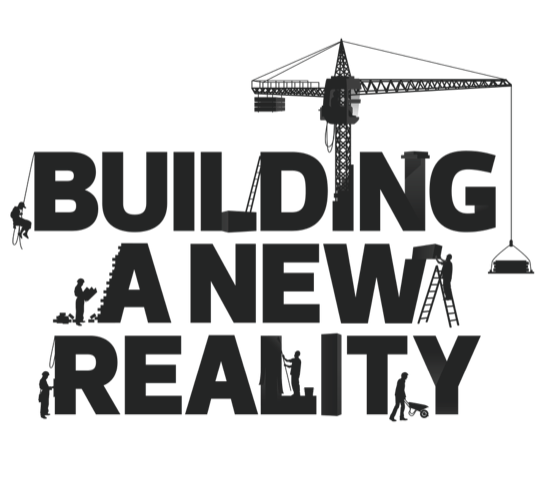Scionsberg Hospital went bankrupt in 2014, much to the dismay of the 650,000 residents of Northeast Friesland, a province on the Netherlands’ northern coast.
The bankruptcy involved conflicting interests among a wide range of stakeholders, but none were more deeply affected than local people, who relied on having the hospital for convenient and competent regional healthcare. People were concerned that they would have no say in the services and plans for the hospital, with different stakeholders having widely varied opinions.

Anke Siegers was hired to mediate among the varied interest groups because there was a crisis and no apparent solution. She resisted the idea of simply surveying opinions in an advisory capacity. She long ago had realized that the “top-down” hierarchical route of decision-making repeatedly produced outcomes that failed to satisfy many of the stakeholders.
To ensure that the negative spiral of public opinion could be broken, she insisted on a “bottom-up” process, so that all stakeholders were directly involved, in a way that allowed everyone to participate in and to observe the process.
In December, 2014, Siegers and her colleagues prepared 2,300 people to participate in a decision-making process. In January 2015, they created 22 interest groups based on needs and values, including hospital administration, insurance companies, local government, staff and community.
Technology made it possible for 300 people from the various groups, who were interested, to watch the negotiation by video at offsite locations. The sites were nearby, so the 22 representatives directly involved in the negotiation could visit with their respective groups to caucus as needed, then return to the meeting. Approximately 16,000 people were able to follow the process by livestream.
Critical to the success of the group process was the fact that it was not advisory, but had the authority to conclude a legal agreement on behalf of all interest groups. After a 14-hour marathon negotiation, the group produced a detailed plan, signed by all parties.
The transparency of the process, with everyone able to observe the negotiation by video, prevented the kind of rebellion that all too often occurs, for example, among the members of a union, who reject the decision of their representatives because they were not privy to the ups and downs of the negotiation.
This is called Community Processing. With a website in English and Dutch, Anke Siegers and her associate, Gert Jan Slump, plsn to train a number of negotiators to provide this process for disputes in communities throughout the Netherlands and the United States.

Siegers has authored a new book (in Dutch) called The New Route, which explains her perspective on “organizing contradiction:” When leaders include opposing viewpoints in decision-making, they get better outcomes than through the old route of limiting participation to those with whose views they agree.
On January 26, 2015, the hospital reopened with the positive support of all of its stakeholders; a remarkable outcome in a world where conflicting views are rarely reconciled in a satisfying and lasting way.

